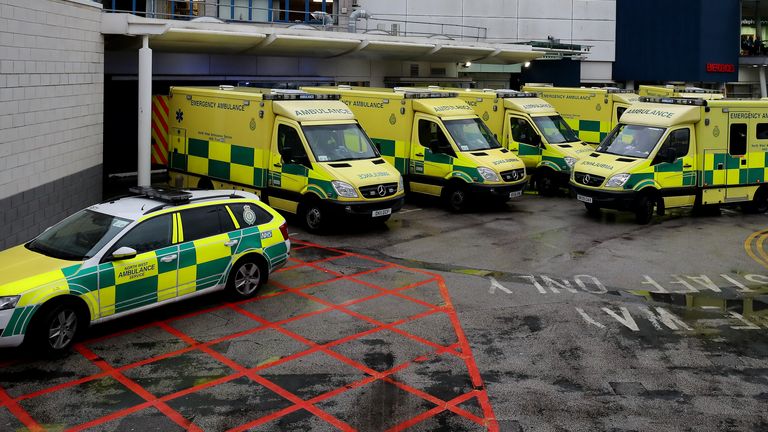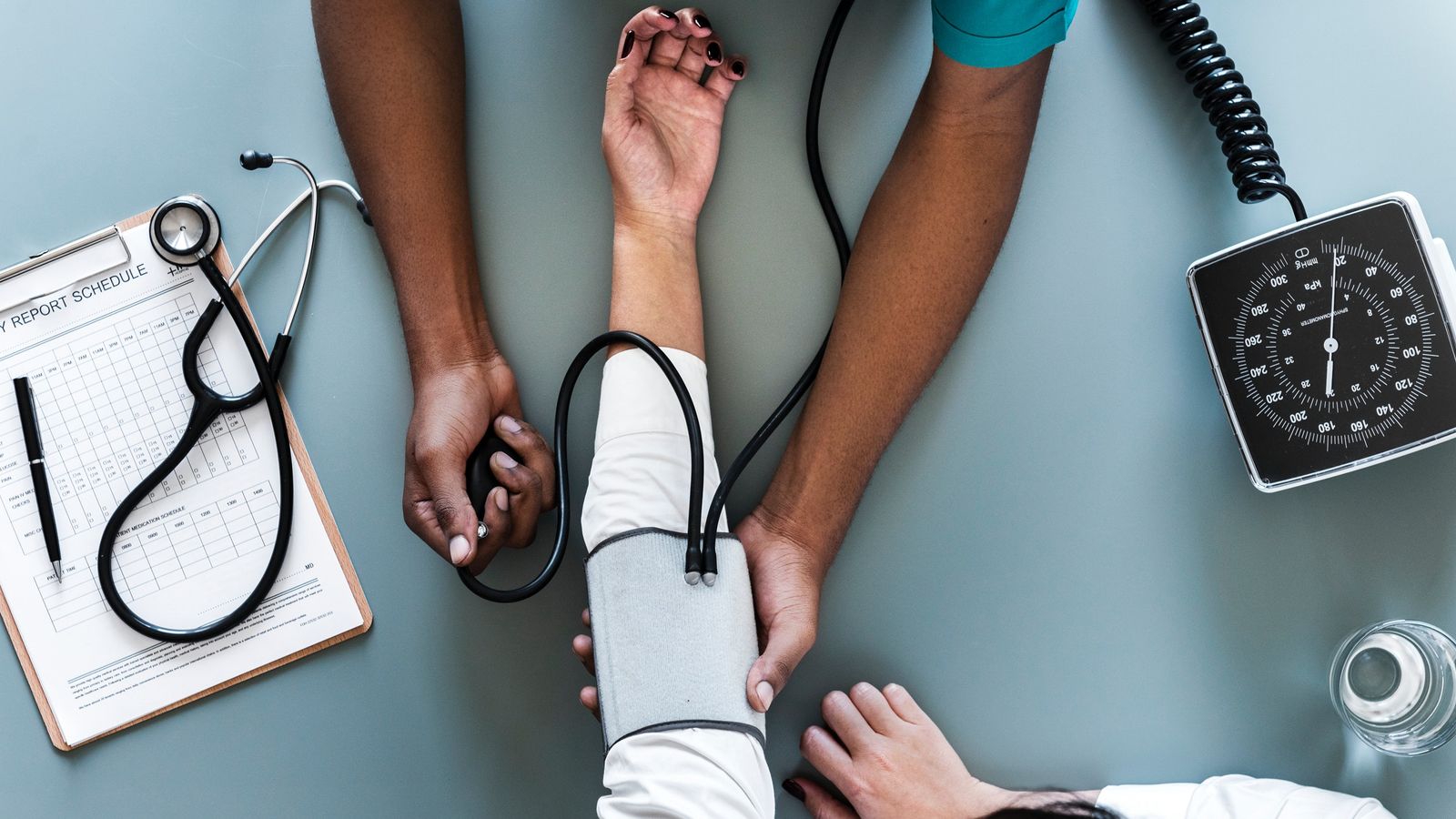New research has produced “robust evidence” that a difference in blood pressure readings between arms is linked to a greater risk of heart attacks, strokes and death.
Scientists at the University of Exeter merged 24 global studies on blood pressure to create an enormous database of nearly 54,000 people for their research.
The data spans blood pressure readings from both arms for adults from across Europe, the US, Africa and Asia and shows that the greater the difference between arms the greater the risk to the patient.

“Currently, international blood pressure guidelines advise health professionals to measure blood pressure in both arms when assessing cardiovascular risk – yet this is widely ignored,” warn the Exeter team.
Their work has concluded that the acceptable range of difference between blood pressure in both arms should be significantly lower than the current guidance allows.
“The research could lead to a change in international hypertension guidelines, meaning more at-risk patients could be identified and receive potentially life-saving treatment,” they add.
Blood pressure rises and falls with every heartbeat, and so is measured with two numbers – the upper (systolic) reading and the lower (diastolic) reading.
It is measured in units of millimetres of mercury (mmHg), and a high systolic mmHg indicates hypertension – a condition that affects one third of the adult population and is the leading cause globally of preventable heart attacks, strokes and deaths.
“A significant difference between the systolic blood pressure measurements in the two arms could be indicative of a narrowing, or a stiffening, of the arteries, which can affect blood flow,” the researchers explain.
“These arterial changes are recognised as a further risk marker for subsequent heart attack, stroke or early death, and should be investigated for treatment,” they add.
The study’s lead author and GP, Dr Chris Clark, of the University of Exeter Medical School, said: “Checking one arm then the other with a routinely used blood pressure monitor is cheap and can be carried out in any healthcare setting, without the need for additional or expensive equipment.
“Whilst international guidelines currently recommend that this is done, it only happens around half of the time at best, usually due to time constraints. Our research shows that the little extra time it takes to measure both arms could ultimately save lives”.
“We’ve long known that a difference in blood pressure between the two arms is linked to poorer health outcomes. The large numbers involved in the INTERPRESS-IPD study help us to understand this in more detail.
“It tells us that the higher the difference in blood pressure between arms, the greater the cardiovascular risk, so it really is critical to measure both arms to establish which patients may be at significantly increased risk,” said Dr Clark.
“Patients who require a blood pressure check should now expect that it’s checked in both arms, at least once,” he added.
Although UK and European guidelines set a systolic difference of 15 mmHg or more between the arms as the threshold for additional cardiovascular risk, the new study found that a lower threshold of 10 mmHg was itself indicative of this risk.
Research co-author Professor Victor Aboyans, head of the department of cardiology at the Dupuytren University Hospital in Limoges, France, said “We believe that a 10 mmHg difference can now reasonably be regarded as an upper limit of normal for systolic inter-arm blood pressure, when both arms are measured in sequence during routine clinical appointments.
“This information should be incorporated into future guidelines and clinical practice in assessing cardiovascular risk. It would mean many more people were considered for treatment that could reduce their risk of heart attack, stroke and death.”
